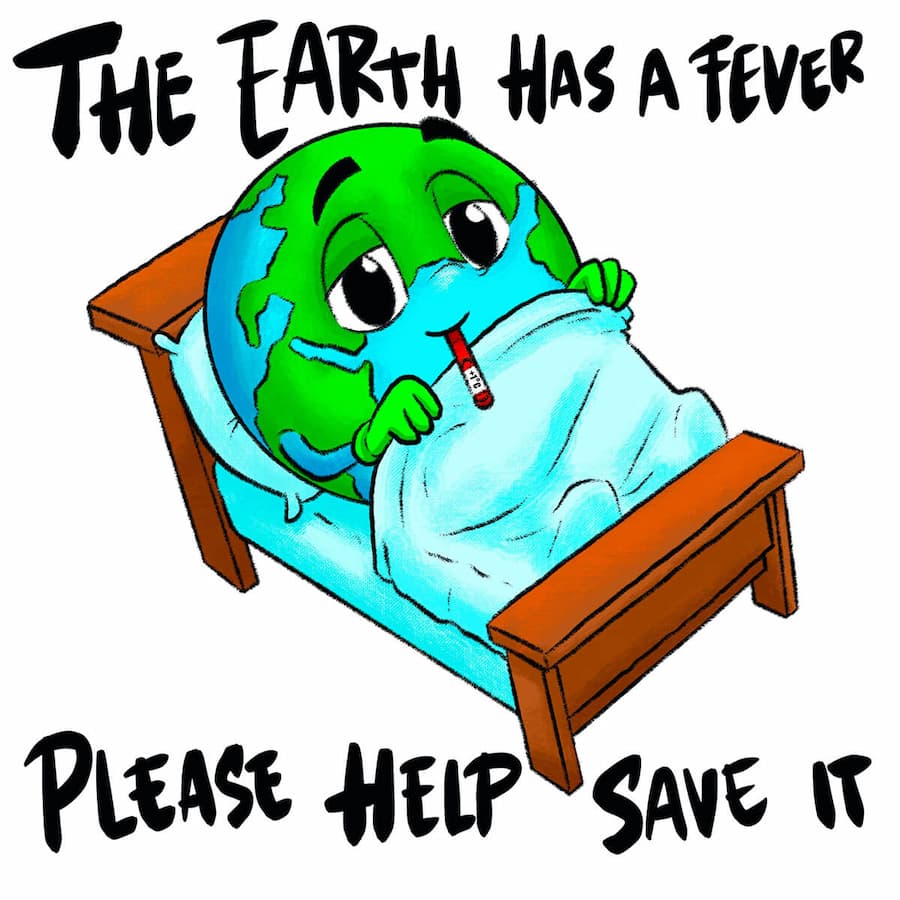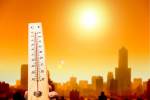We Have Met the Warming Cause and It Is Us
by Daniel Bailey
(Michigan, United States)
A number of attribution studies have been done to determine the human-caused component of the ongoing warming of our globe. What these studies found is that the positive forcing from human activities is the largest forcing, dwarfing all other combined forcings (the sum of all natural forcings is actually negative; without the positive forcing from humans, the climate would actually be cooling).
The contribution to global warming over the past 50-65 years is shown in two categories, human causes on the left and natural causes on the right, from various peer-reviewed studies (colors).
Skeptical Science Image
The studies used a wide range of independent methods, and provide multiple lines of evidence that humans are by far the dominant cause of recent global warming. Most studies showed that recent natural contributions have been in the cooling direction, thereby masking part of the human contribution and in some cases causing it to exceed 100% of the total warming. The two largest human influences are greenhouse gas (GHG) and sulfur dioxide (SO2) emissions, mostly from burning coal, oil, and natural gas (sulfur emissions tend to have a net cooling effect). The largest natural influences on the global temperature are the 11-year solar cycle, volcanic activity, and the El Nino Southern Oscillation (ENSO).
The studies are Tett et al. 2000 (T00, dark blue), Meehl et al. 2004 (M04, red), Stone et al. 2007 (S07, green), Lean and Rind 2008 (LR08, purple), Huber and Knutti 2011 (HK11, light blue), Gillett et al. 2012 (G12, orange), and Jones et al. 2013 (J13, pink). The numbers in this summary are best estimates from each study; uncertainty ranges can be found in the original research.
Skeptical Science Article
Real Climate Image
More specifically, Huber and Knutti (2011) quantified that human attribution as being 74% and 122% due to humans (with a best estimate of around 100% human attribution). In other words, natural variability is not responsible for the observed warming trend.
Nature Article
Since then, Gillett et al (2012) also examined the human attribution of the warming trend observed. They found that humans are responsible for 102% of observed warming from 1851 to 2010 and 113% of the observed warming from 1951 to 2000 and 1961 to 2010 (averaged together).
Sedláček & Knutti (2012) examined ocean and atmosphere warming to ascertain whether recent global warming is consistent with natural variability, or with external forcing (i.e unrelated to internal variability of the climate system).
They found that both computer simulations and historical observations are incompatible with natural variability as a possible cause of ocean warming. I.e., natural factors/cycles are not the cause of the ongoing warming we can see and measure.
Online Library Article
Wigley and Santer (2012) examined the various forcings of climate and their impacts on global temperatures since 1900 using a new analysis of the uncertainty associated with the aerosol forcing. What they found was the IPCC has been far too conservative in attributing the observed global warming to human greenhouse gas emissions. In fact their central estimate is that humans are responsible for 100% of the observed global warming for the 1950–2005 timeframe, with greenhouse gases responsible for 160%.
In addition, without human influences on the climate, there would likely have been little change in the average global surface temperature over the past 50 years.
Instead, surface temperatures have warmed approximately 0.65°C since 1960.
Article
Compo et al (2013) confirmed global surface air warming without using the instrumental surface temperature record, meaning the warming is real, not just confounding factors like UHI.
Online Library Article
Imbers et al (2013) confirming that natural variability can't account for recent global warming, and that it's human-caused.
Online Library Article
Jones et al (2013) concludes that greenhouse gases have caused between 100% and 200% of the observed global surface warming over the past 60 years, and other human influences (primarily aerosols) have offset a significant percentage of that warming via cooling effects. Natural temperature influences have had a very slight cooling effect, and natural internal variability appears to have had a fairly significant cooling effect over the past decade, but little temperature influence over longer timeframes.
The results of this study are consistent with the wide body of evidence supporting the settled science that human greenhouse gas emissions are the dominant cause of the current global warming.
Online Library Article
Marvel and Bonfils (2013) establish that the changes in land and ocean precipitation predicted by theory are indeed present in the observational record, that these changes are unlikely to arise purely due to natural climate variability, and that external influences, probably anthropogenic in origin, are responsible.
PNAS Article
Also, Risbey et al (2014) found that climate models actually generate good estimates of recent and past trends provided they also took into account natural variability, particularly the key El Nino-La Nina phases in the Pacific.
“You’re always going to get periods when the warming slows down or speeds up relative to the mean rate because we have these strong natural cycles,” Dr Risbey said.
In roughly 30-year cycles, the Pacific alternates between periods of more frequent El Ninos - when the ocean gives back heat to the atmosphere - to La Ninas, when it acts as a massive heat sink, setting in train relatively cool periods for surface temperatures.
By selecting climate models in phase with natural variability, the research found that climate models have provided good estimates of 15-year trends, including for recent periods and for Pacific spatial trend patterns.
Nature Article
Lastly, the satellite-observed increase in upper-tropospheric water vapor over the last three decades is primarily attributable to human activities (Chung et al 2014).
"This attribution has significant implications for climate sciences because it corroborates the presence of the largest positive feedback in the climate system."
Note that perturbations in atmospheric water vapor content equalize over a 9-day period, and that, as a condensable GHG, water vapor cannot act as a forcing to temperatures.
PNAS Article
Wikipedia Article
Skeptical Science Article
We have met the warming cause and it is us.
Join in and write your own page! It's easy to do. How? Simply click here to return to Your Pages.
Join the Community and Newsletter (5000 Subscribers)
You can subscribe to my Substack Page or see the archives of previous posts. More great content coming soon!
Recent Articles
-
Climate Presentations by Climate Reality
Mar 03, 24 12:17 AM
You can see great climate presentations by Climate Reality. They can be customized for different audiences. -
Make the Planet Great Again!
Mar 02, 24 11:33 PM
We need to make the planet great again! We will build a solar wall along the Mexican border and make the fossil fuel industry pay for it! -
Historical Climate Change News
Mar 02, 24 11:25 PM
This section includes historical climate change news you should know about. These articles span several different topics and will help you stay up-to-date. -
Hottest Years on Record
Mar 02, 24 11:05 PM
The hottest years on record have all occurred since 1998 which is quite alarming to say the least.




